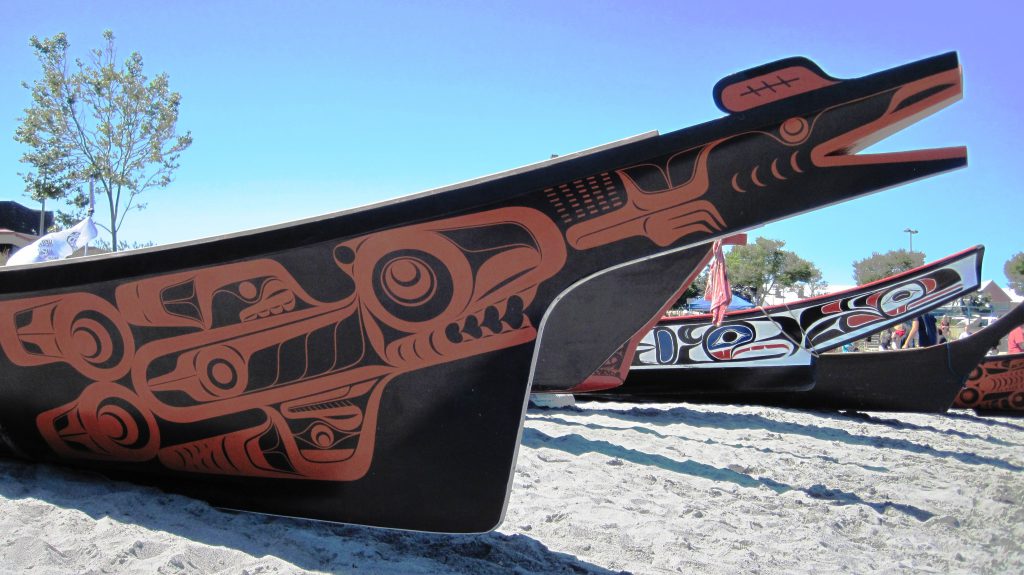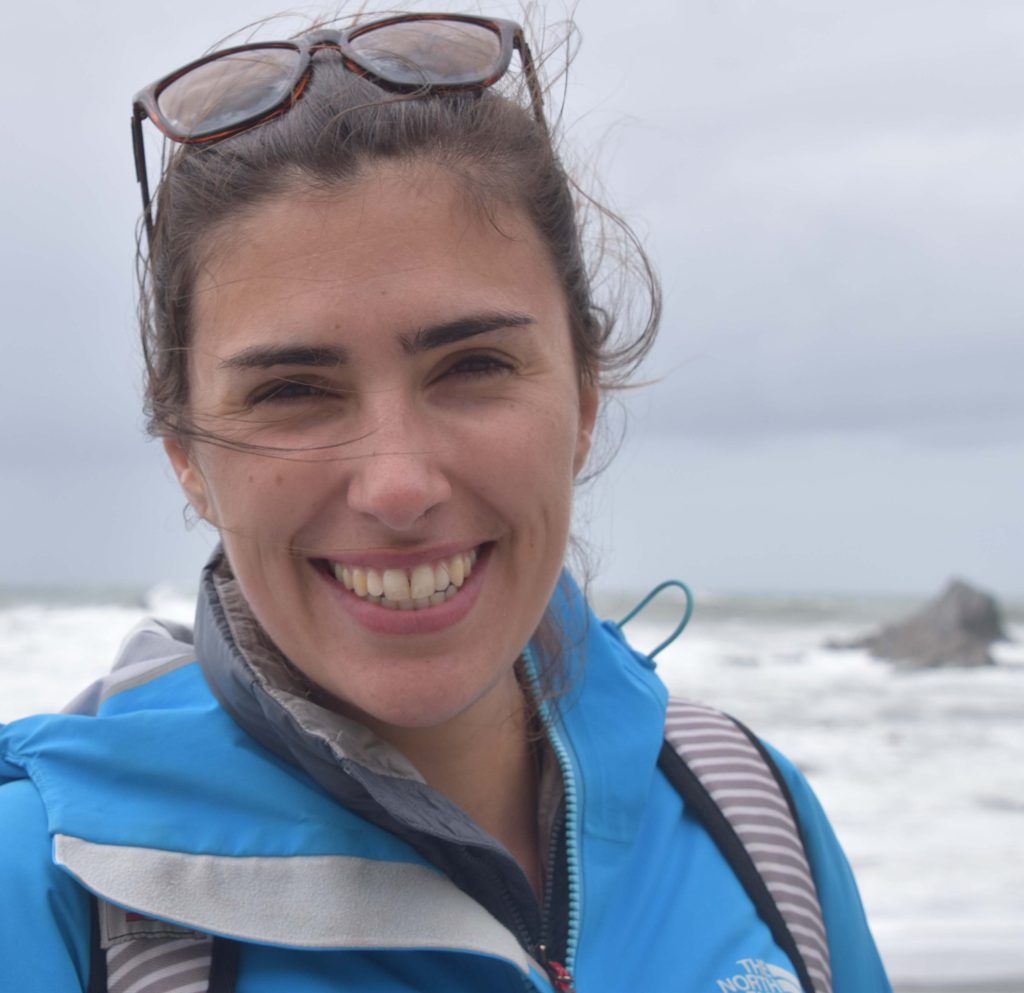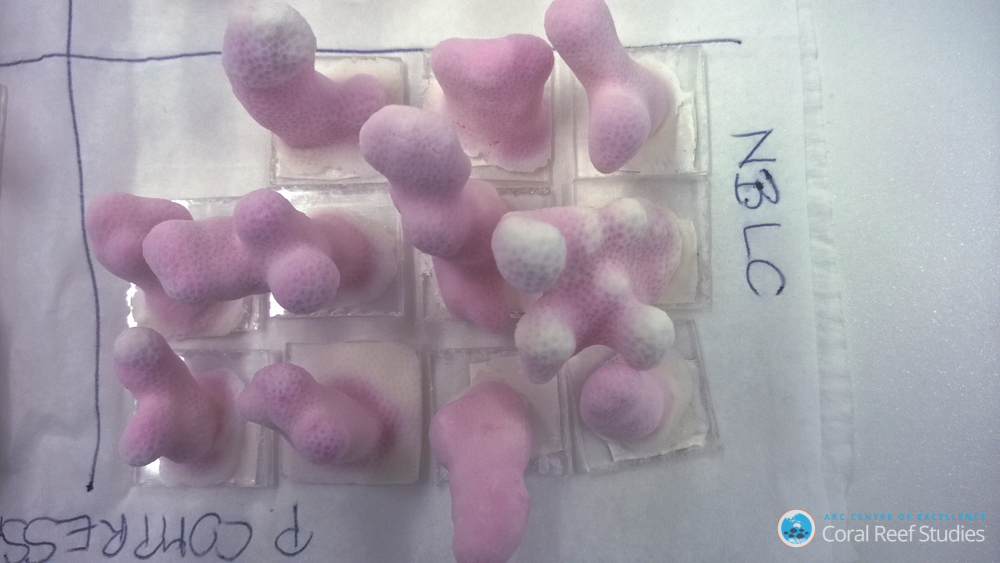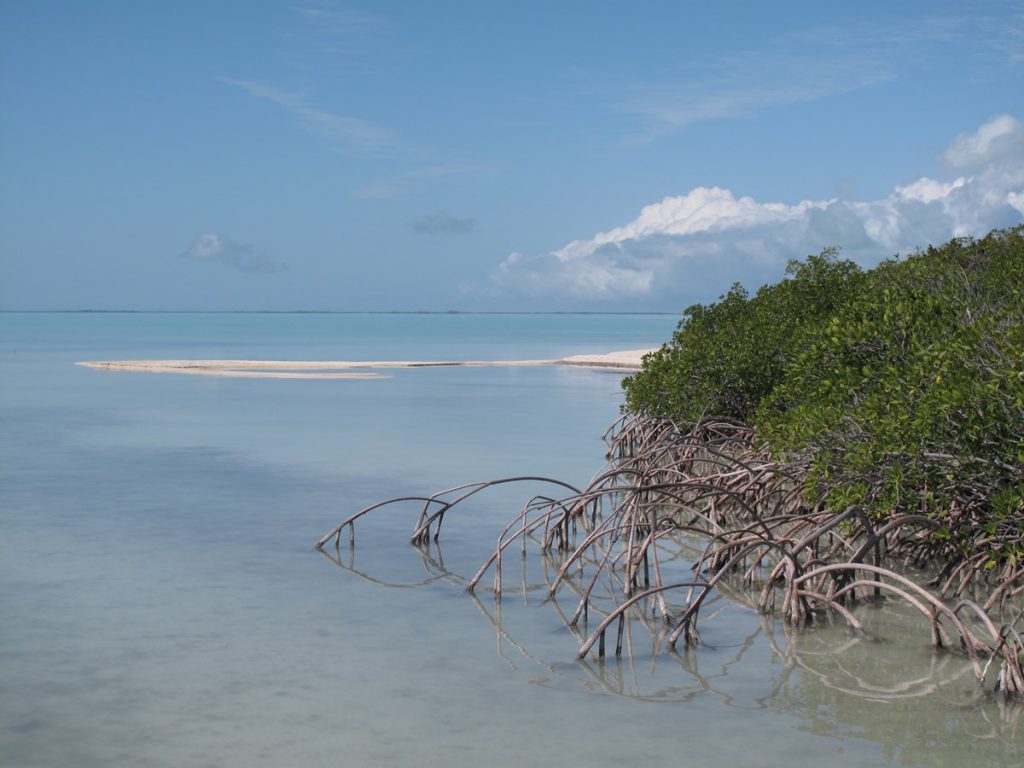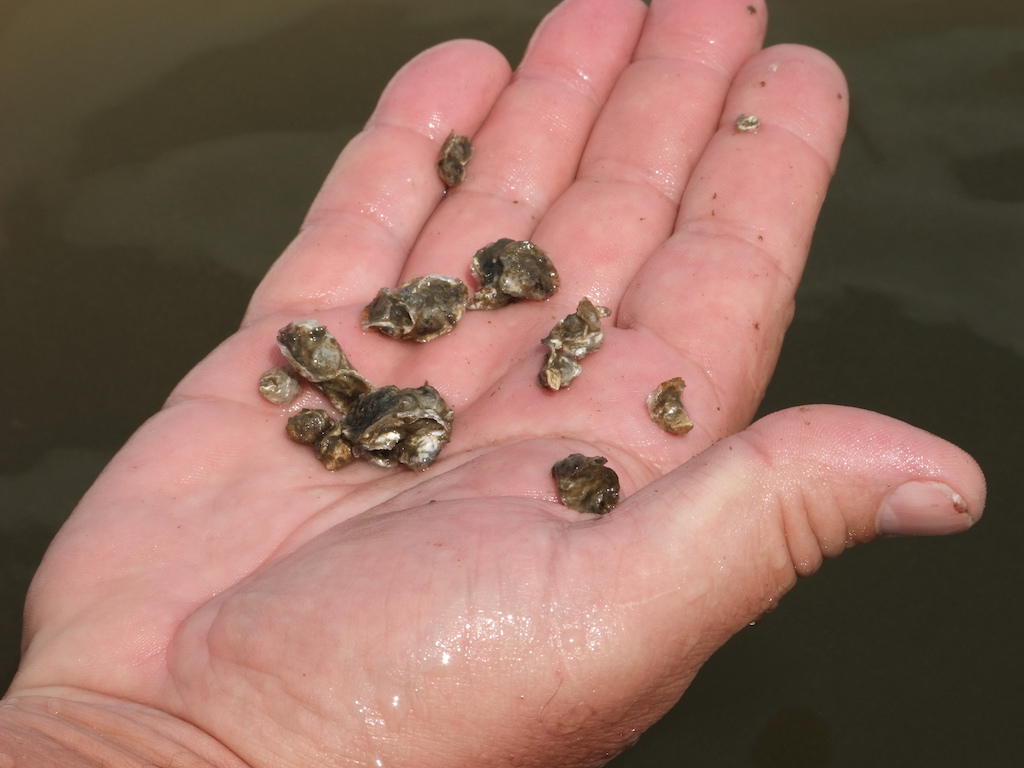Assess, anticipate, adapt: Vulnerability and Responses to Ocean Acidification
There are areas in the United States where marine resources and the communities and industries that depend on them are particularly vulnerable to the impacts of ocean acidification. In three US regions, our understanding of vulnerability is being advanced by coupling ocean and social science data to equip communities and industries with the information needed to evaluate, anticipate, and adapt to ocean acidification.
Assess, anticipate, adapt: Vulnerability and Responses to Ocean Acidification Read More »
